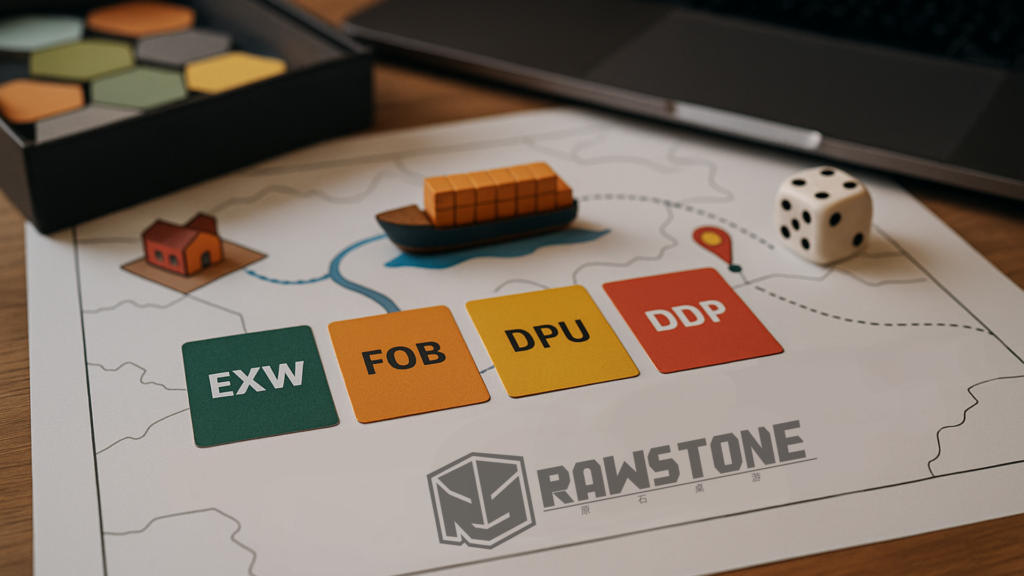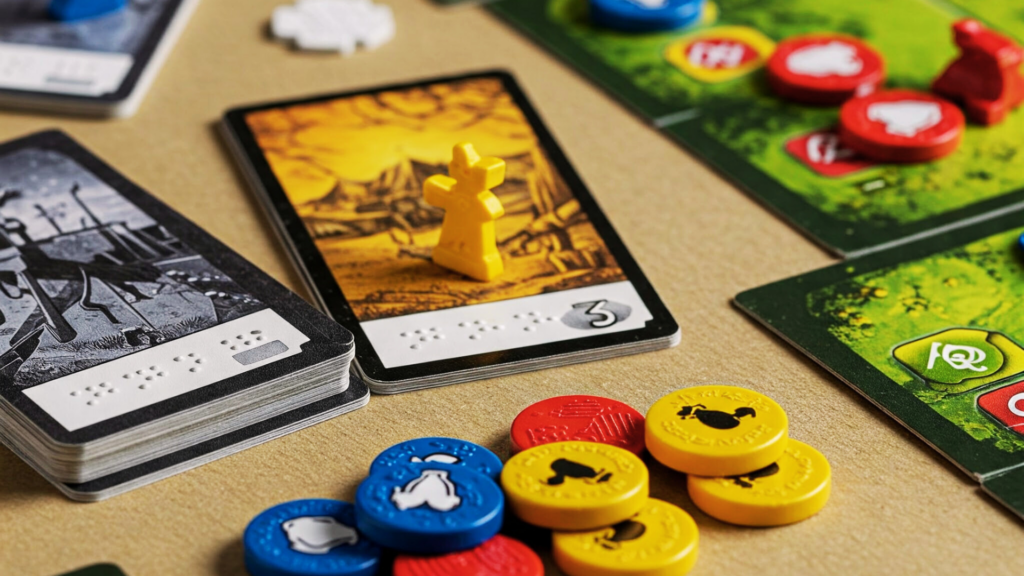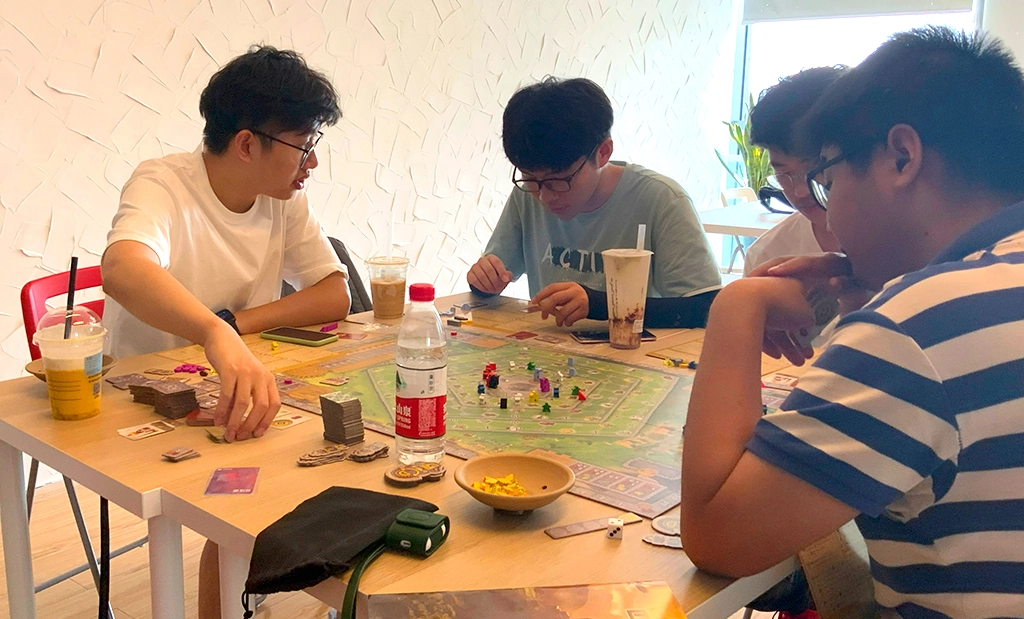

Dive into our insights for publishers & designers!<span data-metadata="">

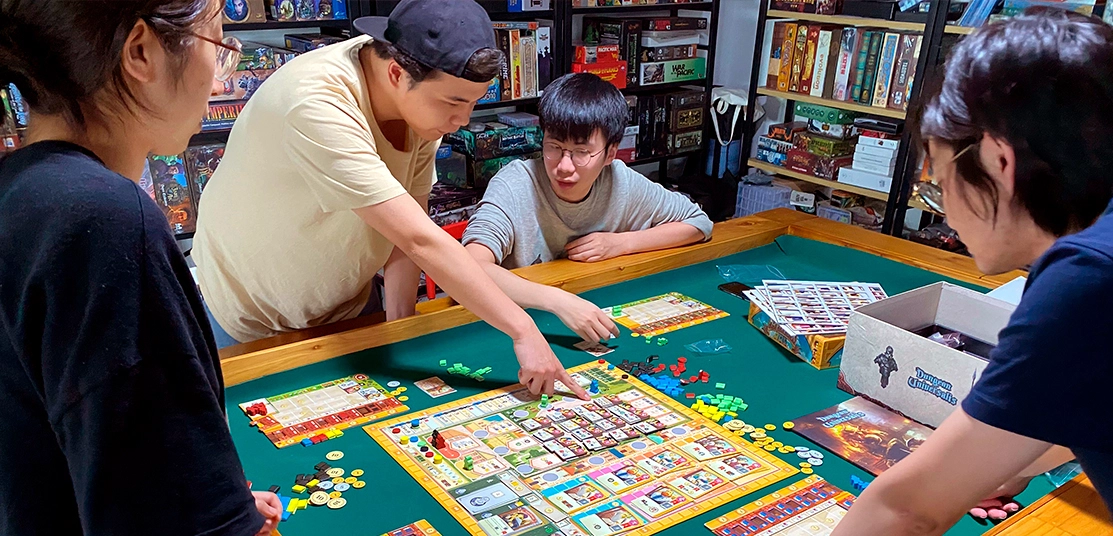
Date: 24/04/2024
Mastering Feedback: Strategies for Gathering and Analyzing Playtester Feedback
Welcome, game designers and publishers, to a crucial aspect of game development: gathering and analyzing feedback from playtesters. In this guide, we’ll delve into actionable strategies for collecting feedback effectively, including methods for soliciting constructive criticism and actionable insights. By mastering the art of feedback analysis, you’ll gain valuable insights that will elevate your game designs and create unforgettable gaming experiences. So, let’s dive in and uncover the secrets to mastering feedback!
The Importance of Feedback:
Feedback is the lifeblood of game development, providing designers with invaluable insights into player experiences, preferences, and perceptions. By gathering feedback from playtesters, designers can identify strengths and weaknesses in their games, refine mechanics, and create engaging and enjoyable experiences for players.
Strategies for Gathering Feedback:
1. Create Feedback Forms: Design feedback forms or surveys to gather structured feedback from playtesters. Include questions about gameplay experience, mechanics, theme, and overall satisfaction. Use a mix of closed-ended and open-ended questions to capture both quantitative data and qualitative insights.
2. Conduct Post-Play Discussions: Host post-play discussions or debrief sessions with playtesters to gather immediate feedback and insights. Encourage participants to share their thoughts, experiences, and suggestions in a supportive and collaborative environment. Take notes and record key points for analysis.
3. Utilize Online Platforms: Leverage online platforms such as forums, social media groups, or dedicated playtesting websites to facilitate ongoing discussions and feedback exchange. Create dedicated threads or channels where playtesters can share their thoughts, report bugs, and discuss their experiences with the game.
4. Gather Observational Data: Observe playtesters as they interact with the game, paying attention to their actions, reactions, and body language. Take note of moments of confusion, frustration, excitement, or engagement. Observational data provides valuable insights into player behavior and gameplay dynamics.
5. Solicit Anonymous Feedback: Offer playtesters the option to provide anonymous feedback to encourage honesty and candidness. Use anonymous feedback forms or online submission portals to gather feedback without attribution. Anonymous feedback can reveal hidden insights and concerns that playtesters may be hesitant to share openly.
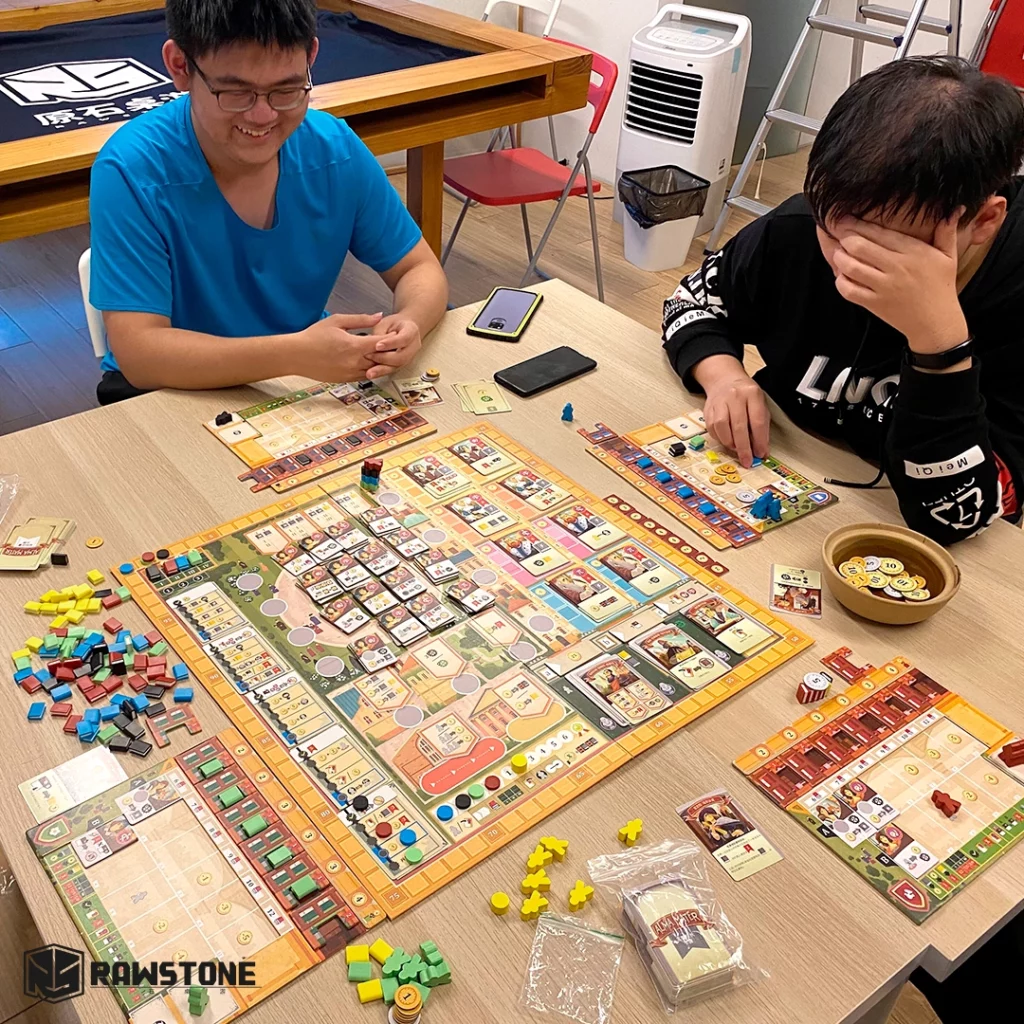
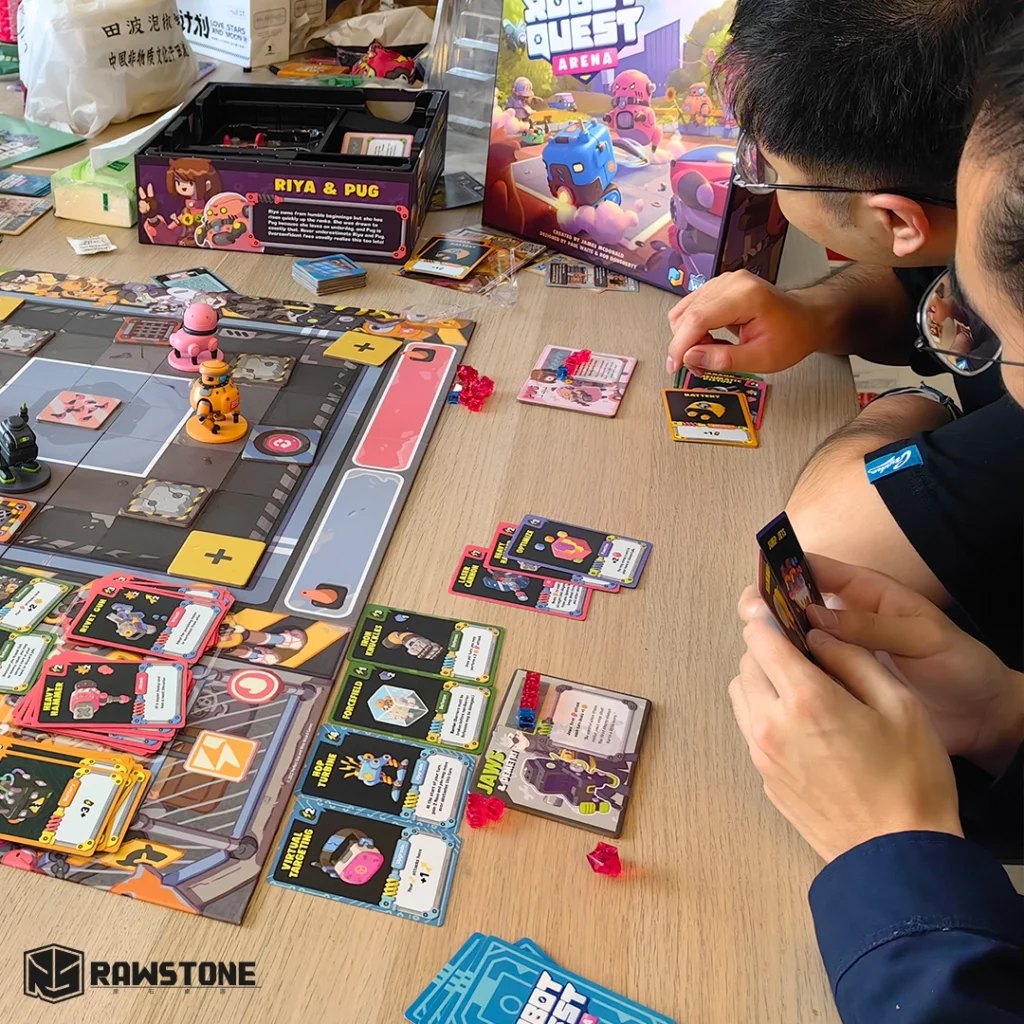
Strategies for Analyzing Feedback:
1. Identify Trends and Patterns: Analyze feedback data to identify common themes, trends, and patterns across multiple playtesting sessions. Look for recurring issues, suggestions, or areas of consensus among playtesters. Identifying trends helps prioritize areas for improvement and guide design decisions.
2. Prioritize Actionable Insights: Focus on actionable insights that can inform concrete design changes and improvements. Prioritize feedback that addresses core gameplay mechanics, player experience, and overall enjoyment. Consider the impact and feasibility of implementing suggested changes.
3. Consider the Source: Take into account the source of feedback when analyzing its relevance and credibility. Consider factors such as the playtester’s experience level, gaming preferences, and familiarity with the game. Weight feedback from experienced playtesters or repeat playtesters more heavily.
4. Iterate and Experiment: Embrace an iterative approach to feedback analysis, incorporating insights into iterative design cycles. Experiment with different design changes and solutions based on feedback, and observe how they impact player experience. Iterate based on player responses and continue to refine the game.
Conclusion:
In conclusion, gathering and analyzing feedback from playtesters is a vital aspect of game development, providing designers with invaluable insights that drive refinement and improvement. By implementing these strategies and techniques, designers can effectively collect feedback, identify actionable insights, and iterate on their game designs to create exceptional gaming experiences. So, embrace the power of feedback, engage with playtesters, and together, let’s create games that inspire, entertain, and delight players around the world. Happy playtesting!
you might also be interested...
Incoterms for Board Game Manufacturing: A Guide to Smarter Shipping
Learn how Incoterms for board game manufacturing influence shipping, costs, and delivery responsibilities across international supply chains.
> Read MoreAccessible Board Games Design: Tips for Inclusion
Discover actionable strategies for creating accessible board games. Learn how designers and manufacturers can make tabletop gaming more inclusive for...
> Read MoreEco-Friendly Board Game Manufacturing: Sustainable Materials
Eco-friendly board game manufacturing: discover sustainable materials & methods for your next project. Cost-effective and impactful.
> Read MoreBoard Gaming and Mental Health: Unveiling the Therapeutic Benefits of Gameplay
From critical thinking and problem-solving to spatial reasoning and memory retention, each game presents players with unique challenges that stimulate...
> Read More
